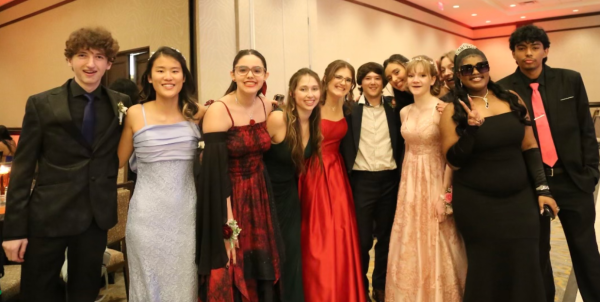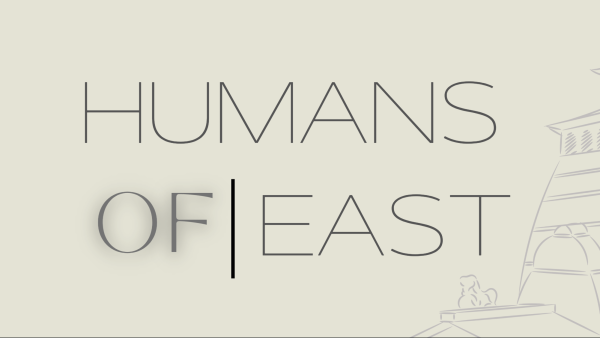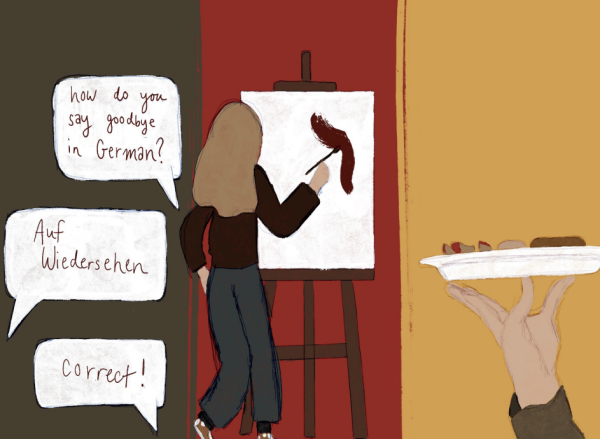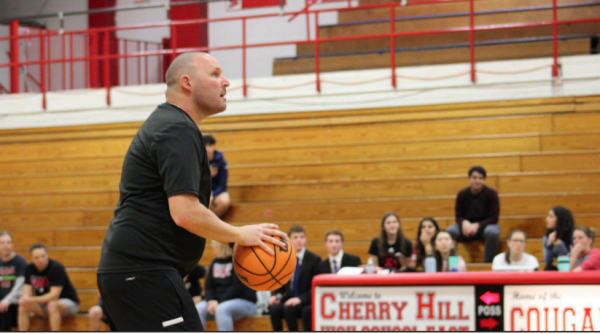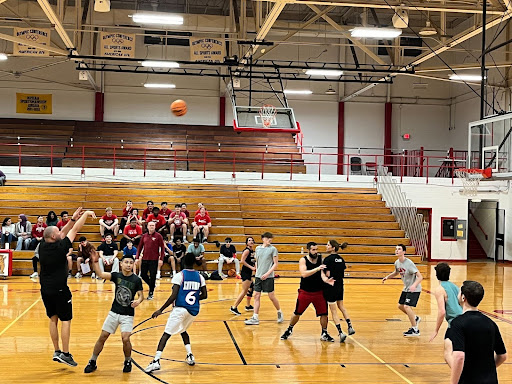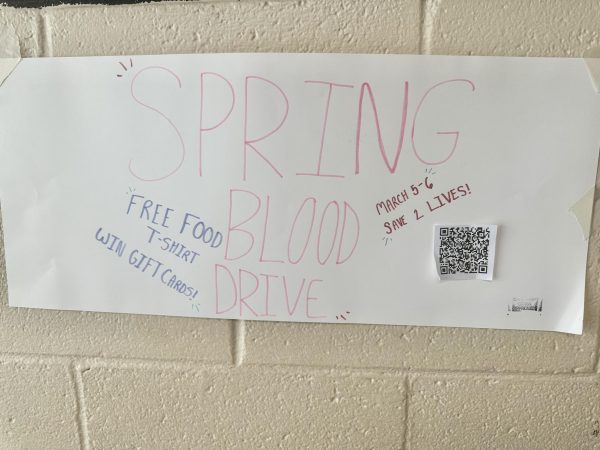East’s Habitat for Humanity club takes a trip to Baltimore
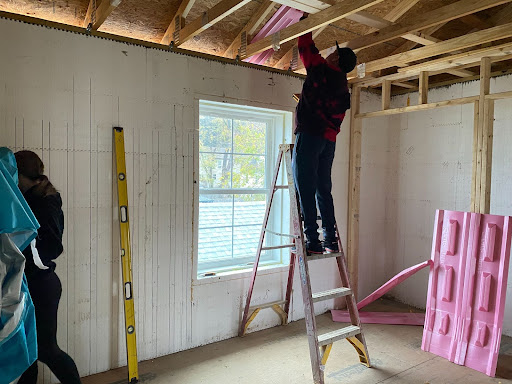
Students did a variety of hands-on work including the installation of insulation.
Cherry Hill East is one of six high schools in New Jersey that is a Habitat for Humanity campus chapter.
East’s Habitat for Humanity trip to Baltimore, Maryland took place from November 10th to November 12th. With only 15 members of the club allowed to attend, members rushed to get their checks and permission slips in first. Besides helping with the construction of a home, the students took part in a variety of activities such as visiting Fort McHenry and the National Aquarium and going on a private boat tour.
Habitat for Humanity is a nonprofit organization with the mission of building homes for families in need of decent and affordable housing. Spreading across all fifty states and seventy countries, the organization draws in volunteers of all ages and backgrounds. Habitat for Humanity aims to bring people together to build homes where struggling families can grow. They stress the link between stable households and their benefit to child development.
“Once the homeowner buys their house, they’re paying the mortgage back to habitat. That’s like a revolving fund that goes back to Habitat that helps build houses faster and more efficiently,” said Cherry Hill East’s Habitat for Humanity Advisor Mr. Frank Console.
East’s campus chapter was formed by Console when he started working at East after his previous job as a construction supervisor for Habitat in West Philadelphia. Since then, the club at East has grown in popularity, having two trips a year, one in the fall and one in the spring. Like the majority of fall trips in the past, the students visited Baltimore.
“We’ve done Baltimore about 16 times. I chose Baltimore because I knew it was the largest urban affiliate in the United States. It has the most houses, about 800 houses, completed. I thought it was a culturally interesting city to visit,” said Console.
On Thursday, November 10th, the field trip participants and two teacher chaperones, Console and Mr. Christopher Caskey, left Cherry Hill East at 8 a.m., and arrived at Lovely Lane Church around 10:30 a.m. The field trip participants stayed at Lovely Lane Methodist Church. Equipt with a full kitchen, basketball court, and over six bathrooms, the students felt comfortable and well provided for.
“Lovely Lane hosts many groups that do community service, not just Habitat groups. It’s [the church’s] way of building community in Baltimore,” said Console.
Taking the same school bus to all needed destinations, the students were provided with convenient transportation. They were taken to Fellas Point, a neighborhood in Baltimore on the Patapsco River, and were allowed to eat at any restaurant of their choice. After, they toured Fort Henry, which defended the Baltimore Harbor during the War of 1812. A water taxi picked the students up from the fort and took them to the National Aquarium on the Patapsco River. Having plenty of time to spend at the aquarium, the students engaged in a variety of activities including touching jellyfish and stingrays, watching dolphins play, and taking pictures. After the aquarium, the students walked around the Inner Harbor before returning back to Lovely Lane Church and making Mr. Console’s “Habitat Pasta” for dinner. “Habitat Pasta” is a tradition Console started over his years leading East’s Habitat for Humanity—a meal he makes sure is made on every field trip.
“I wanted to have things that were easy to make and that would appeal to different dietary needs. We have the pasta with meat, the one with chicken, and the vegetarian one,” said Console.
Friday, November 11th, was dedicated to working at the Habitat. The students arrived at the site at 8 a.m. and worked until 2:30 p.m. They were greeted by the volunteer coordinator — who organized the trip —, the construction supervisor and a site supervisor who all work for Habitat for Humanity and direct volunteers. With the exterior and basic framework completed, the students worked inside with the help of the construction supervisor and site supervisor. They had a variety of jobs including putting insulation into the ceiling, putting in support planks into the basement ceiling, and hammering nails into the floorboards. Stressing safety, students were encouraged to wear both safety glasses and masks. Although the work was strenuous, the students enjoyed their time and had the unique opportunity to have hands-on experience with construction work.
Exhausted after the day of work, many students took naps and relaxed before reconvening at 7:30 p.m. for pizza and duckpin bowling—a bowling variation with smaller balls, popular in Baltimore—at 9 p.m. They returned home the following morning at 11 a.m.
During the three-day trip, students were able to visit some of Baltimore’s most popular tourist sites, learn about the Habitat for Humanity organization and volunteer their time to help build a much needed home for a struggling family.

Ella Hampton is a senior and an Eastside Culture Editor. At East, she is on the tennis team and is a SGA representative, a peer leader, the Social Studies...

